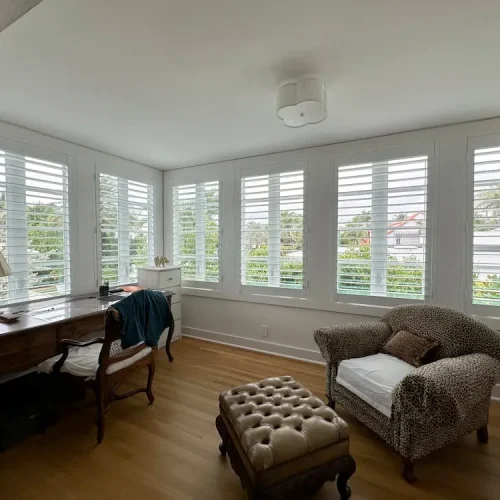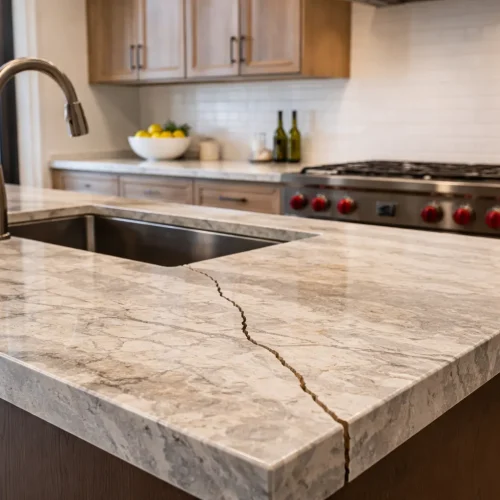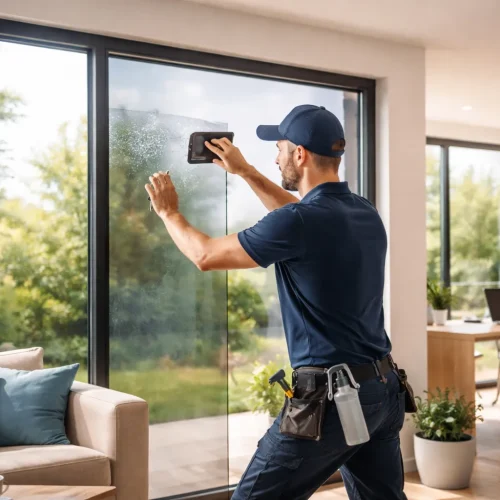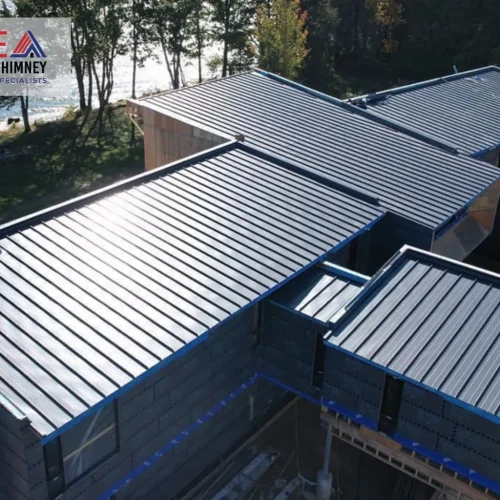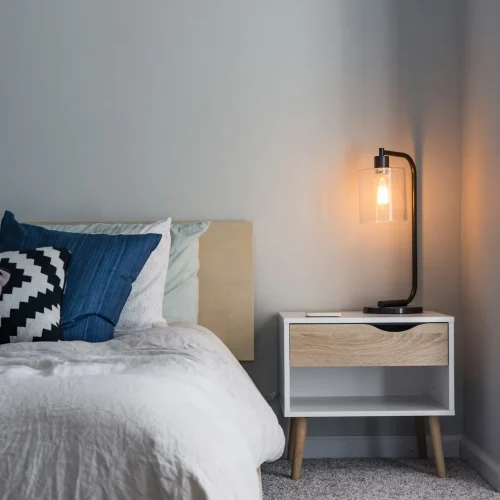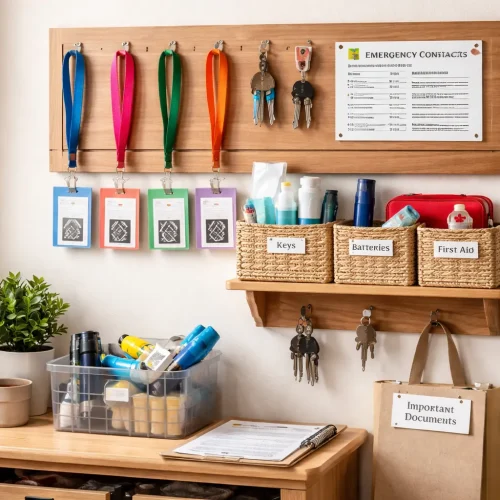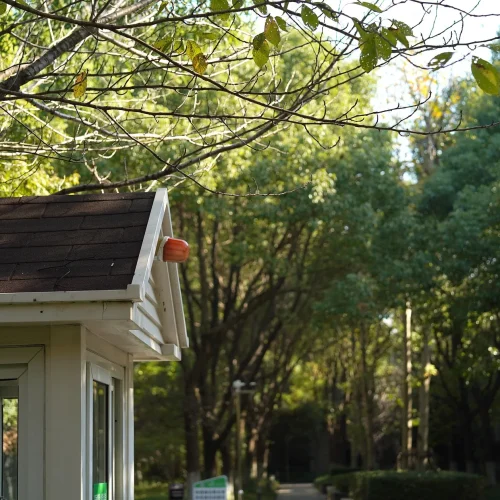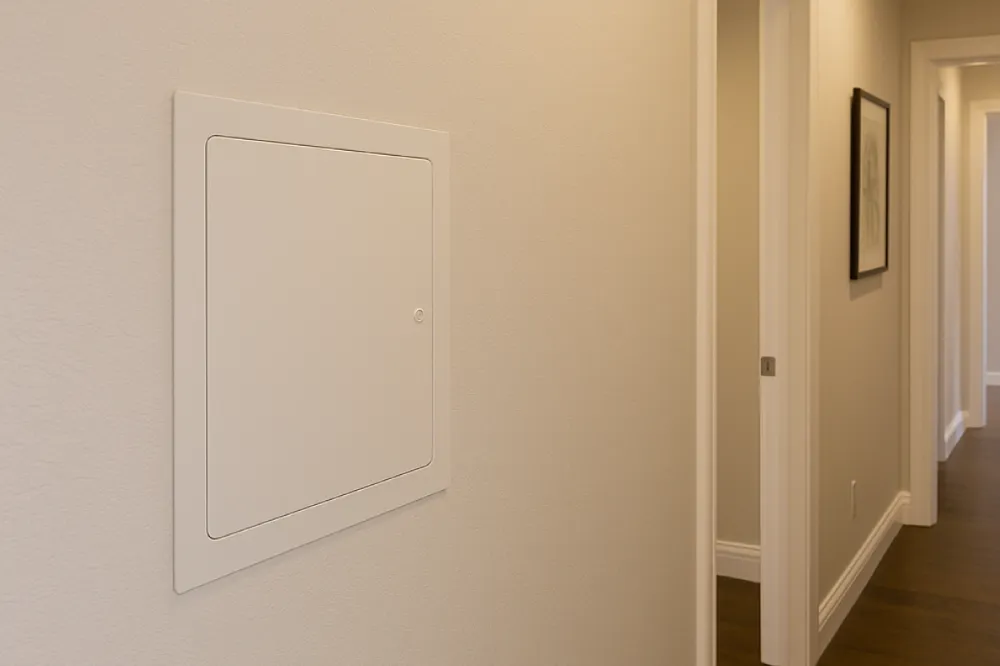
Many building projects invest in energy-efficient systems and eco-friendly materials. Unfortunately, most designers, contractors, and property owners often forget one blind spot in sustainable design—maintenance accessibility.
Without dedicated access points, plumbing and electrical work would force them to constantly destroy and tear down walls and ceilings, undoing much of their project’s green practices.
Drywall access doors close that gap, allowing inspections and repairs without unnecessary waste. This will show how these access doors and panels enhance sustainable plumbing and electrical design, ensuring systems remain efficient and environmentally responsible for years.
What Are Drywall Access Doors?
Drywall access doors are panels that provide convenient access to concealed plumbing, wiring, and mechanical systems behind drywalls. Typically made from steel, aluminum, or other long-lasting and recyclable options, these panels can withstand repeated use without damaging the wall or ceiling.
They are used in residential and commercial spaces—from apartment complexes to office buildings—ensuring maintenance teams can reach critical components without major demolition.
In the context of sustainability, their importance lies in reducing the need for destructive wall removal, minimizing debris, and streamlining inspections. Because of this, access doors and panels are valuable tools in eco-friendly construction and facility management.
Sustainable Benefits of Access Doors in Plumbing System Design
Adding drywall access doors to plumbing layouts can help you achieve functional and environmental goals. They make pipes and shut-off valves easier to access for repairs and upgrades, directly contributing to sustainable plumbing practices.
Minimizing Material Waste During Repairs
Without proper access points, even small plumbing issues—like a leaky pipe or loose connection—can require cutting into large sections of drywall. This process creates unnecessary waste, consumes replacement materials, and increases labor costs.
By installing access doors and panels, only the exact area that needs attention is opened. It significantly reduces debris, conserves drywall materials, and minimizes the environmental impact of repairs.
Prolonging the Lifespan of Plumbing Systems
Prevention beats repair every time, especially when talking about sustainability. Easy access points encourage proactive maintenance practices that catch small issues before they become major problems.
Regular leak detection, pipe condition monitoring, and preventive maintenance become simple tasks rather than major undertakings. This approach dramatically reduces water loss from undetected leaks and helps avoid premature system replacement, two major environmental benefits that save money and cut waste.
Supporting Water-Efficient Technologies
Panels make it easier to integrate water‑saving equipment and keep it tuned. Low‑flow regulators, thermostatic mixing valves, greywater diverters, and smart leak sensors all need regular filter changes or calibration.
When they’re behind a dedicated panel, technicians can service them on schedule and maintain their intended performance. In short, accessible systems deliver real‑world results that sustainable plumbing targets: lower consumption, faster fixes, and longer component life.
Sustainable Benefits in Electrical System Design
When designers plan for access around essential junctions and controls, electrical systems see similar advantages. With strategic access panel locations, service work becomes straightforward and quick, cutting waste, labor, and disruption while elevating safety.
Reducing Downtime and Material Use
Troubleshooting hidden conductors or control relays without access often means opening large wall sections. Drywall access doors focus the work area so electricians can isolate circuits, test, and replace components without damaging the entire wall. The result is less scrap, less rework, and shorter outages for tenants or operations.
Facilitating Upgrades to Energy‑Efficient Systems
Consider all the energy-saving upgrades building owners want—switching to LED lights, installing smart switches, or even connecting solar panels. The problem is that most of these improvements require accessing wires buried inside walls.
Without access doors, what should be a simple upgrade turns into a major project. You’re looking at cutting into walls, patching drywall, repainting surfaces, and suddenly that LED conversion feels like way more hassle than it’s worth.
But when you have access panels already in place? These upgrades become manageable weekend projects instead of month-long renovations.
Enhancing Safety Without Overbuilding
Panels offer a consistent, code-compliant entry point while maintaining the integrity of rated wall assemblies. Technicians can examine sensor networks or high-load connections without building too many access chases.
Safer maintenance with fewer additional materials benefits sustainability and compliance.
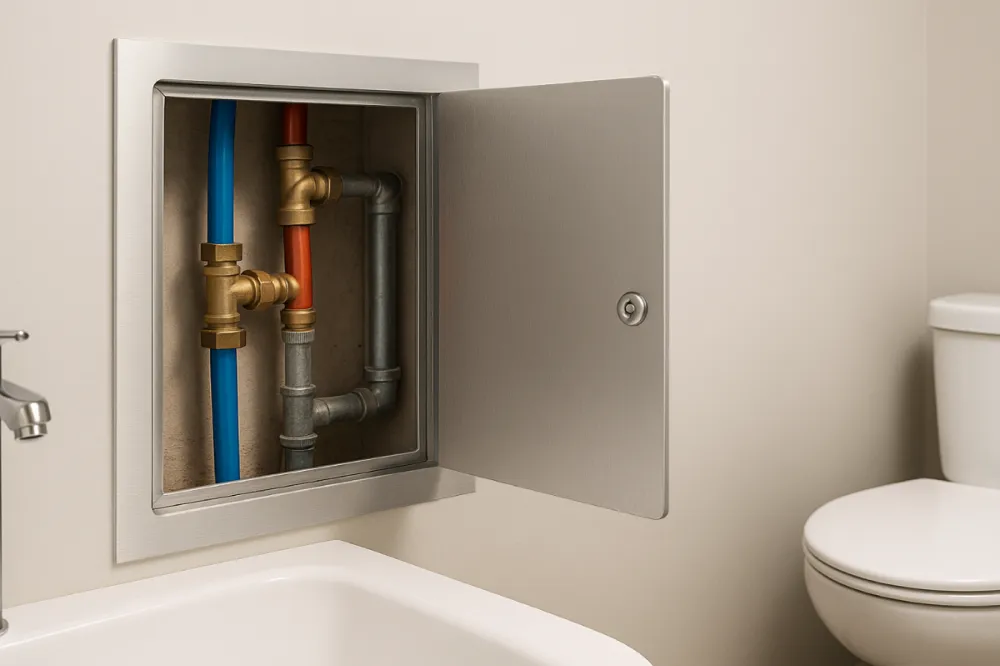
Material and Design Considerations for Sustainability
The sustainability value of drywall access doors improves when you match product features to the application and the project’s environmental goals. Thoughtful specification avoids future rework and ensures everyday servicing stays low‑impact.
1. Durable and Recyclable Materials
Select powder‑coated steel, stainless steel, or aluminum frames that resist corrosion and can be recycled at the end of life. Look for durable hinges and latches that withstand constant use so the panel stays fully operational rather than being replaced.
2. Fire‑Rated or Insulated Options
If your panel is in a fire-rated wall—think between a garage and living space—you’ll want a fire-rated door that maintains that important fire-resistant barrier. The same goes for insulated walls, where you don’t want to create a cold spot that lets heat escape.
The key is matching your panel to the wall’s purpose. Regular drywall gets a standard panel, but specialty walls need specialty doors that keep doing what they’re supposed to do.
3. Right‑Sizing for the Application
When choosing an access panel, think about what actually needs to happen behind that door. Will someone need to pull out an old water filter and slide in a new one? Replace a valve? Swap out a control unit?
There should be enough room for technicians with tools to work comfortably. Proper sizing reduces later wall modifications while ensuring technicians work efficiently and safely.
4. Low‑VOC Finishes and Coatings
Favor low‑VOC paints or factory finishes to support healthier indoor air and alignment with green health criteria. Factory finishes also minimize on‑site painting and overspray.
Role in Green Building Certifications
Access doors and panels won’t single-handedly earn you a LEED or WELL certification, but they check important boxes. These green building programs love designs that make maintenance easy, reduce construction waste, and keep buildings running efficiently over time, which is exactly what access panels do.
For example, LEED gives points for reducing waste and using durable materials WELL focuses on healthy indoor air, which benefits from quick repairs that prevent mold and moisture problems. BREEAM rewards designs that make it easier to maintain buildings in the long term.
The key is documenting everything properly. Keep records of where panels are located, what materials they’re made from, and any special ratings they have. That paperwork helps certification reviewers see how thoughtful design choices support the building’s overall green goals.
Final Thoughts
Small details drive big outcomes. By enabling targeted maintenance, simplifying upgrades, and reducing demolition, drywall access doors help buildings waste less and last longer. Their role spans sustainable plumbing and electrical design, ensuring systems operate as efficiently in year ten as they did on day one.
For teams seeking practical sustainability wins, integrating access doors and panels is a low‑cost, high‑leverage move that aligns with modern building standards. Thoughtful placement today makes tomorrow’s service safer, faster, and cleaner—proof that smart access is a cornerstone of durable, responsible buildings.


